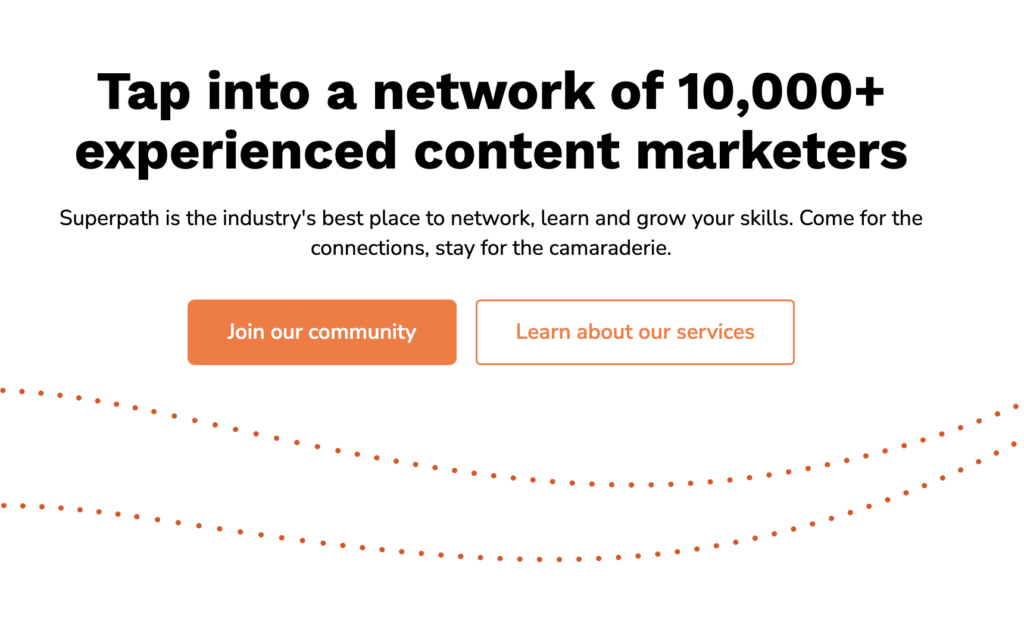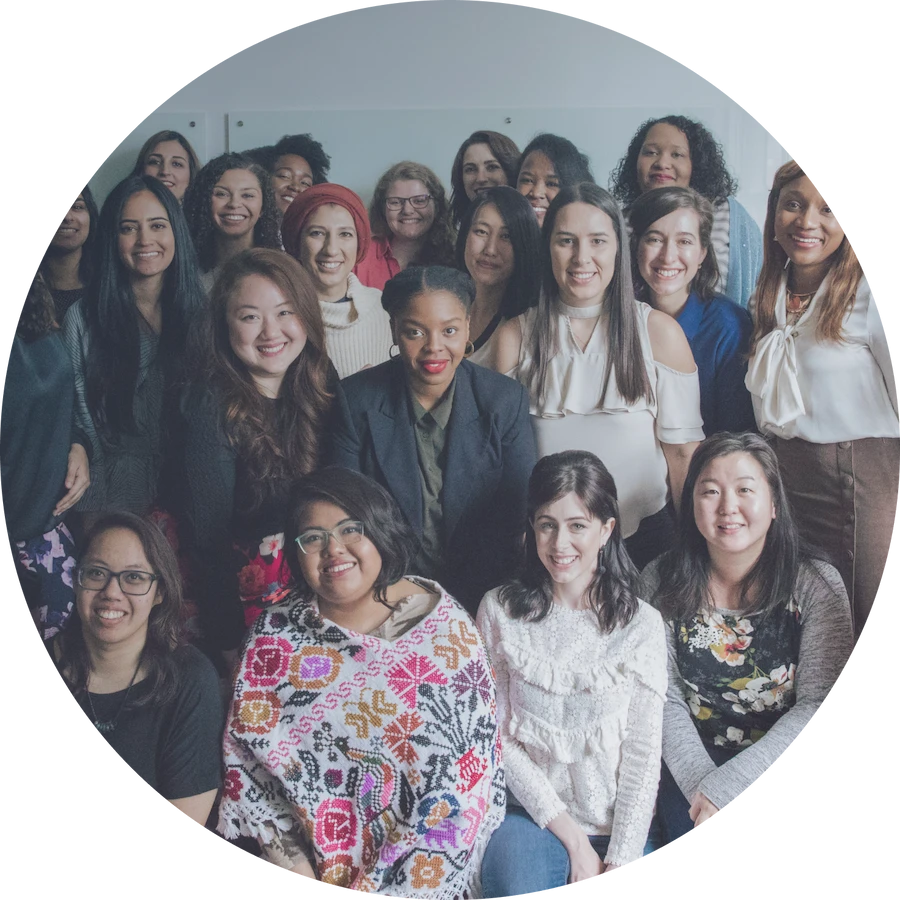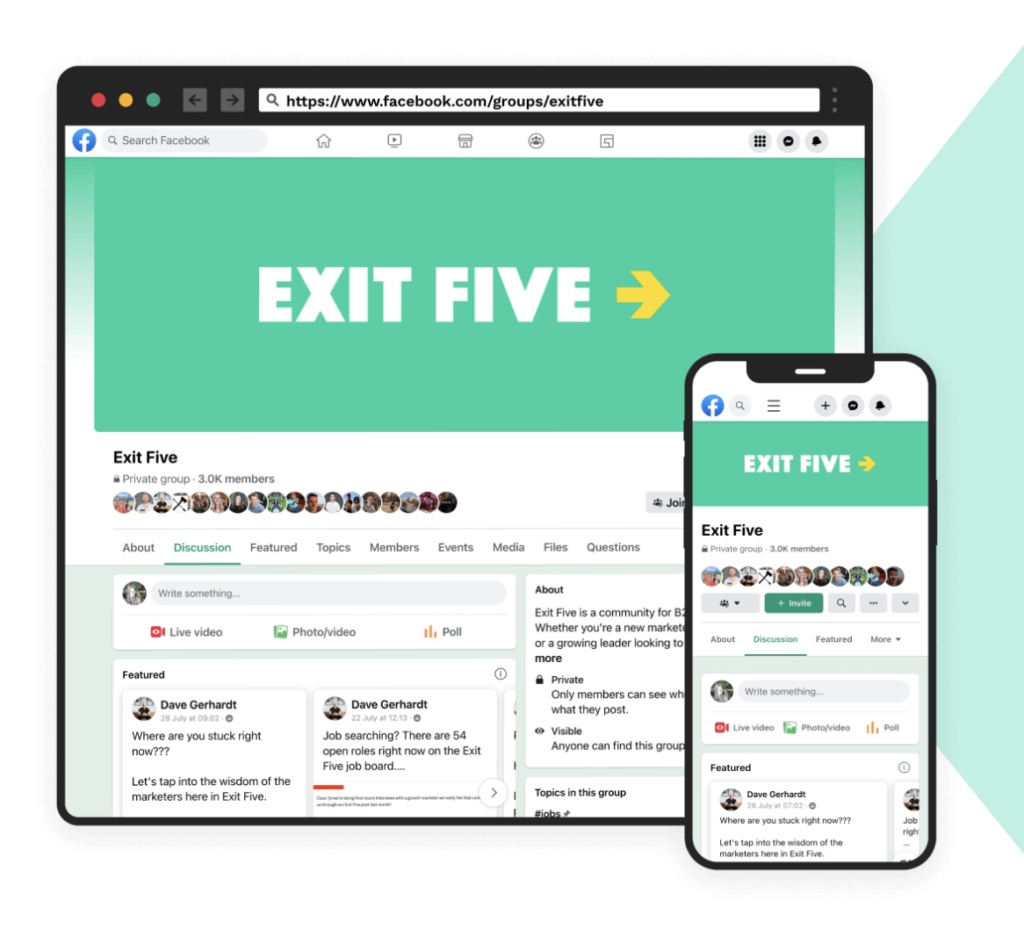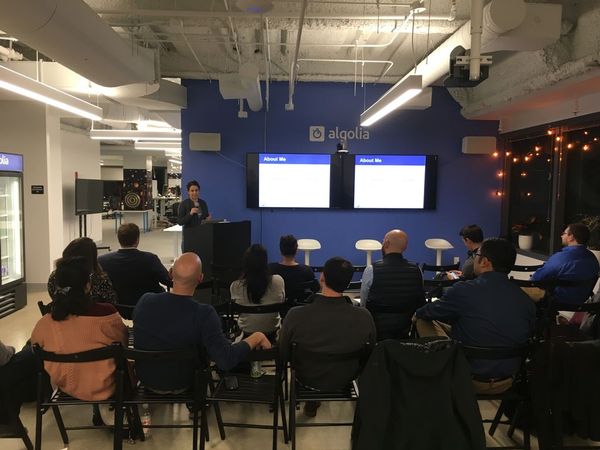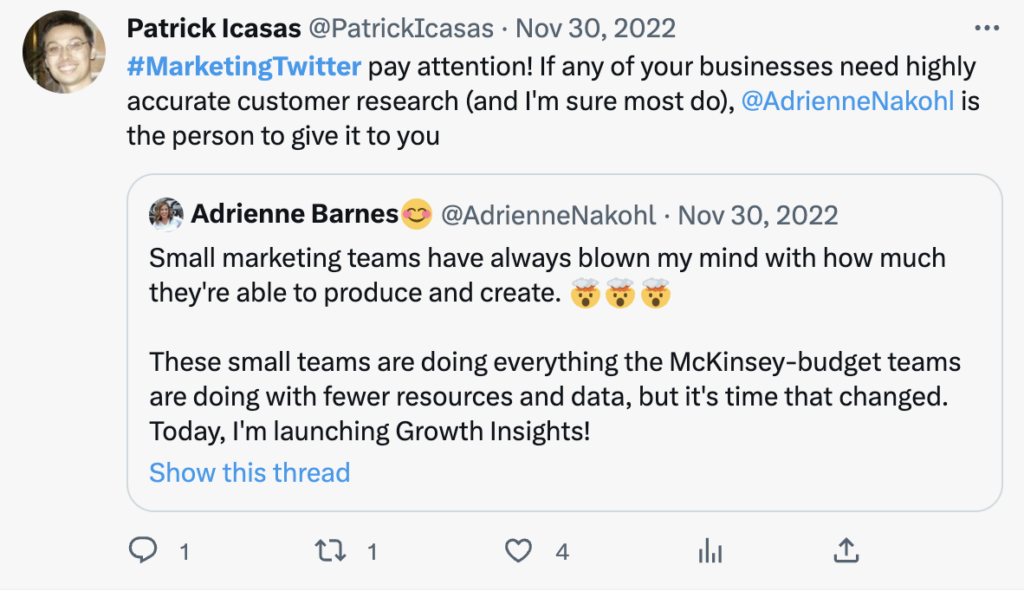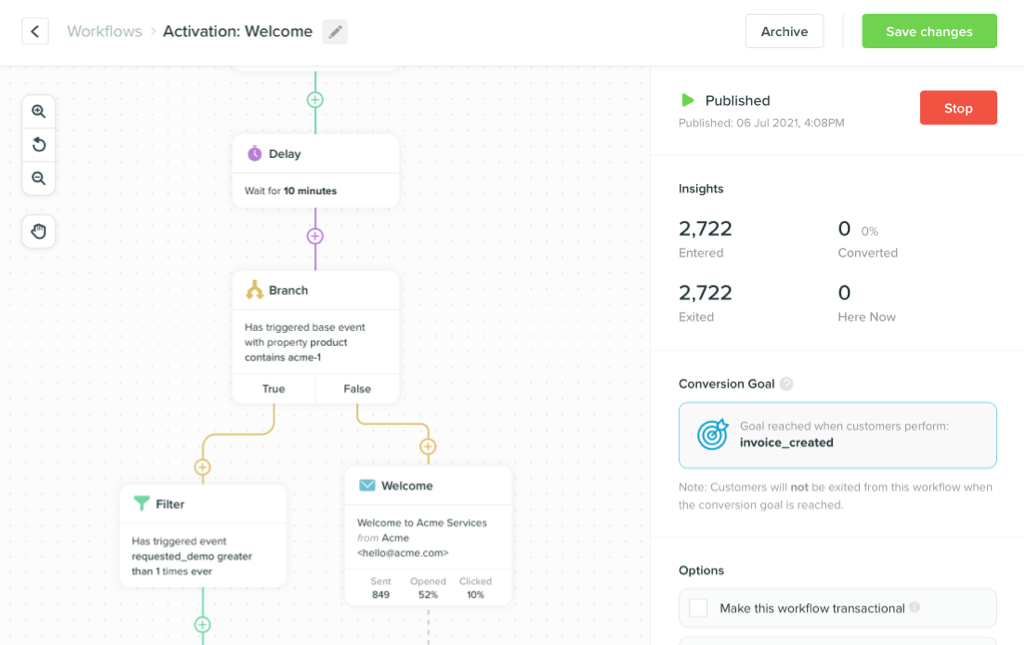The 6 Best Online Marketing Communities to Join Today
-
UncategorizedUpdatedPosted:
On this page
As a marketer, I’ve seen firsthand just how powerful it is to join online communities. Superpath, for example, helped me negotiate my content marketing salary at my last job. Time and time again, I’ve found information and connections within online marketing communities that have bolstered my career.
Joining a marketing community gives you direct access to your peers and provides a platform for exchanging ideas and strategies. By engaging with members of your community, you can stay up-to-date on trends and learn best practices from other successful people in your field.
We all subscribe to marketing podcasts, but tuning into conversations isn’t the same as being a part of them. Communities are not only a place to read and learn, but a place to engage and share our own advice. You never know where you’ll find your next opportunity or work bestie. And you’ll even have fun doing it.
In today’s article, I researched the best marketing communities to join and found six amazing recommendations. If you’re looking for a place to hang out online and meet your peers, consider joining these communities today.
#1 Superpath
Superpath is the ultimate career headquarters for content marketers. Their Slack community has over 10k members who actively participate. Their channels are easily organized by topic, so you can find the conversations that best relate to you, whether you’re a freelancer, looking for a full-time job, curious about SEO, looking to do a content collaboration, or most interested in B2B content. From their niche audience of content marketers, Superpath is able to compile the best industry report of content marketing professionals’ salaries that exists today.
Superpath also has a job board, robust blog, and now a podcast where they tear down a B2B company’s content strategy every week with help from the people who created it.
Jimmy Daly founded Superpath after serving as the VP of Growth at Animalz. He saw an opening in the market to create a community for content marketers and Superpath has been thriving and growing ever since.
We can’t recommend the conversations inside of Superpath enough. Join here.
#2 Tech Ladies
Tech Ladies is the largest global community of women in tech. Whether you’re in marketing, sales, engineering, design, or product development, you’re welcome to join the group. They offer peer support, job opportunities, professional development via workshops, learning opportunities in their webinars, as well as a leadership accelerator.
Believe it or not, Tech Ladies started as a coffee meetup. The founder, Allison Esposito Medina, has since grown the community to 150,000 members – not too shabby! If you’re looking to connect with other badass women in tech, this is the spot for you.
#3 Exit Five
Exit Five is a community for B2B marketers. Their tagline aptly says “because no one goes to school for B2B marketing.” B2B marketing is an ever-changing landscape of what works and what doesn’t. By joining a group of your peers, you can keep your thumb on the pulse of the latest strategies, receive tactical advice, and exchange ideas.
Dave Gerhardt, the founder, wanted to create a digital space where B2B marketers could turn to when they needed to get unstuck and inspired. The name Exit Five actually comes from the exit he took in Vermont when he would drive to his in-laws’ house to get away and find inspiration. He hopes that you find the same escape and inspiration each time you visit the community at Exit Five.
If you’re a B2B marketer in need of inspiration, Exit Five is a must-have community to join.
#4 Demand Generation Club
Demand Generation Club is a community of 2k B2B marketers who are passionate specifically about demand generation and account-based marketing. The community is focused on helping you learn new strategies, best practices, and help you network with your peers.
Similar to Exit Five, this is a great spot for B2B marketers, but offers a growth marketing community angle – the group only discusses demand generation and account-based marketing. Oftentimes, the more niche the community the better! If this is similar to your role, then it’s definitely a community to join so you’re learning the cutting-edge best practices.
Join the Demand Generation Club here.
#5 Online Geniuses
Online Geniuses boasts the largest Slack community of digital marketers with 35k members. Their goal is to help you problem solve with real-time community feedback, meet new people, and discover resources such as blogs and tools that will help you take your career to the next level.
They call themselves “niche agnostic” meaning all marketers are welcome. The variety of types of marketers makes for a good marketing mix (pun intended!). Whether you’re a content marketer, paid ads specialist, demand generation marketer, or account-based marketer, you’ll find tips in this community to help you.
Join Online Geniuses here to be a part of the largest community of digital marketers.
#6 Marketing Twitter
This last community is not a formal community like the others; however, it’s a powerful place to hang out as a marketer. If you head to Twitter and type in #marketingtwitter, you’ll find like-minded marketers to connect with, threads to follow, and topics that will change the way you think about your niche. Some of the best leaders in marketing are posting their advice right on Twitter as threads and tweets.
Don’t forget to join the conversation and share your own thoughts. Chances are you’ll make great connections that could help out with a knowledge exchange or even land you a job!
Next Steps
So, there you have it – the six best online marketing communities to join today.
Joining a marketing community with industry leaders can up-level your career in so many ways. Not only can you exchange tips with your peers, you also will expand your network and potentially even land your next gig.
Being connected with peers who are not your coworkers is a game-changer. You can hear about salaries in your industry and tips that you can incorporate into your own role. We hope you find the marketing community that’s the best fit for you, good luck, and happy marketing!
Want to send more personalized mobile and email messages to your users?
Learn moreCustomer story

How UNO uses email marketing from the data warehouse to deliver personalized mortgage broking

